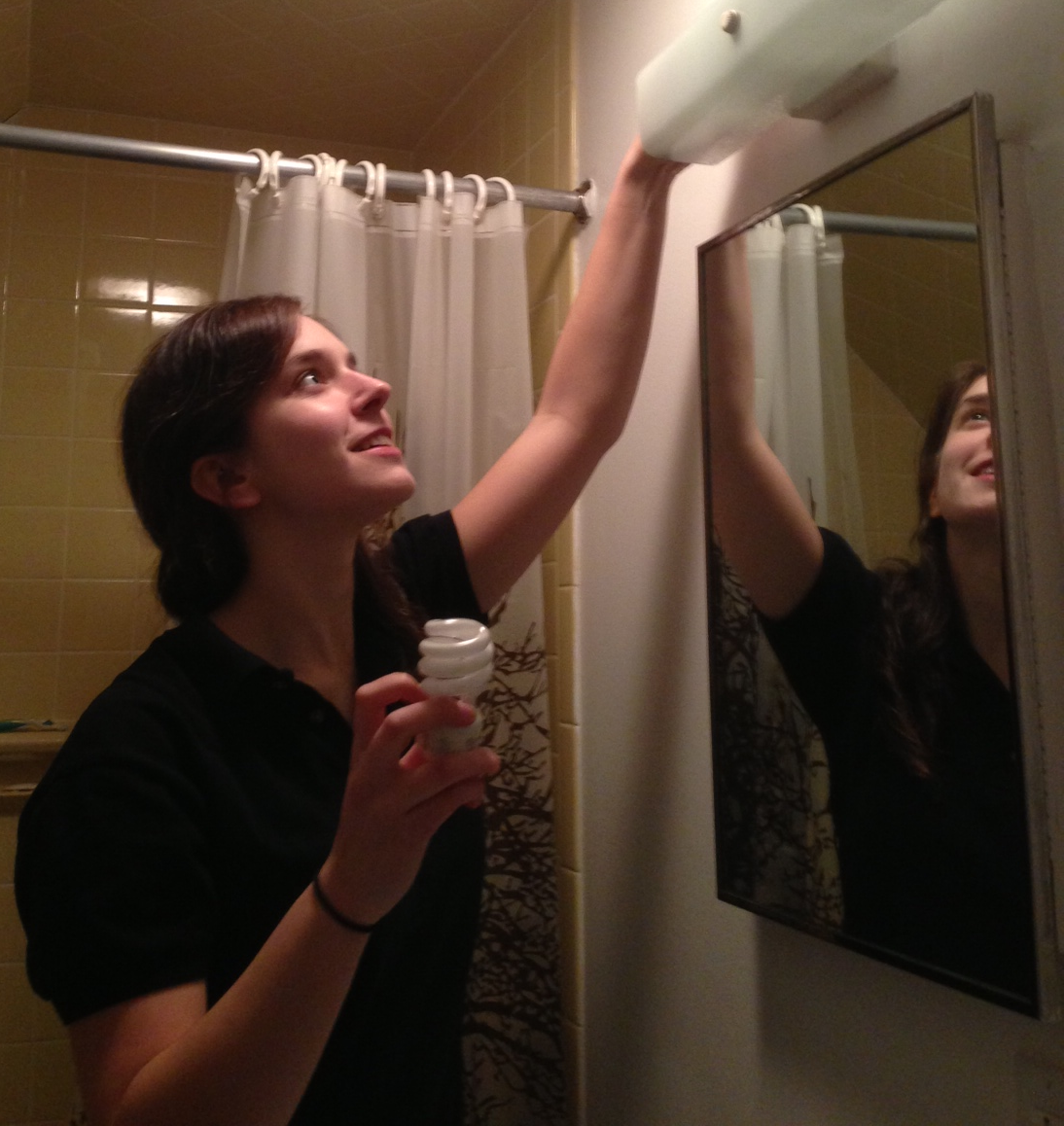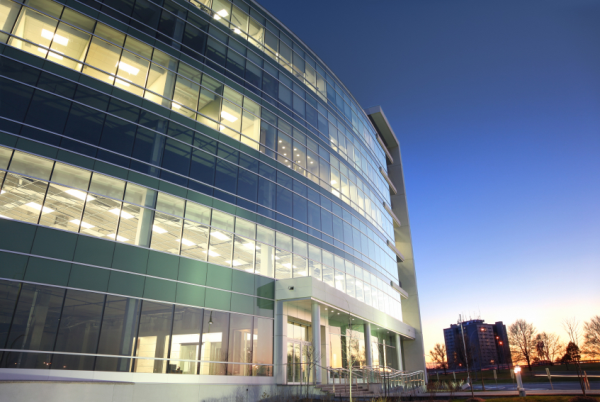Utility Tracking and Benchmarking Blog | WegoBlog
Imagine you walked into a retail clothing store at a shopping mall. There are no articles of clothing in sight, only a table in the middle with a few experts seated around it. You sit down and discuss your needs. After a few minutes, the experts arrive at the perfect solution for you - a pair of denim jeans that is simultaneously comfortable and attractive. And the price is more than compensated by the additional coolness and enjoyment this pair of jeans will introduce into your life. You fork over the money and walk out of the store, thrilled with your new purchase.
Tags: M&V, Energy efficiency, Building science, Water Conservation
Tags: Sustainability, News and Policy, Energy efficiency, Building science
Last week, I had my first energy audit experience for my apartment in Cambridge. As an employee of WegoWise, a company focused on helping property managers improve energy efficiency in buildings across the country, I’ve often wondered how I can improve my own apartment aside from my personal energy saving habits. My auditor friend informed me of a free energy audit opportunity called Mass Save for NStar customers. I took her up on the offer and here is how it went:
The United States consumes 20 percent of the world’s energy – 40 percent of this quantity comes from our residential and commercial buildings. As obvious as it sounds, reducing our buildings’ energy use will go a long way in minimizing our carbon output and ensuring a sustainable environment for our homes and workplaces.
Unlike last year, it felt like we had a real winter this year in Boston. This has kept heating costs in the forefront of peoples' minds, mostly because they're wishing they were lower. Since this winter is much colder, it makes it difficult to compare last year's heating bills to this year's, or the ones from the year before. So if you made changes that you think will save you money, how do you know if they did, even though your heating costs have gone up? What you want to know is what your gas usage would have been if the weather was essentially the same every year. A great way to do this is to compare heating energy intensity for the two years. Keep reading to learn how to calculate this.
What do money and energy have in common? More than you think
Posted by Kelly Smith on Tue, Mar 05, 2013
By now, we have all heard about the rising cost of energy and the financial advantages of increasing energy efficiency - predictable budgeting, reduced operating expenses (one estimate is $400 billion savings per year), limited deferred maintenance expenditures. But there is another link between the dollars in your bank account and the kilowatt-hours used at your facility. They are both measured in numbers, and that means data and analytics can be harnessed to save.
As flagship buildings, skyscrapers are powerful symbols of what we value as a country. Throughout the past century, prominent buildings from the Chrysler to the Sears have helped tell the story of our nation through architecture. Looking forward, the 21st century is no different, and when it comes to the environmental impact of buildings, looking to notable buildings can help frame the important issues at play.
How to Conserve Energy and Reduce your Utility Bills
Posted by Lily Perkins-High on Thu, Dec 20, 2012
I love winter. My passion, however, does not extend to the higher utility bills that come along with it, especially since moving into a house that was constructed in 1910 and is essentially a sieve. Despite 2012’s mild winter, our January heating bill reached $318 and last month we paid $187. Yuck.














